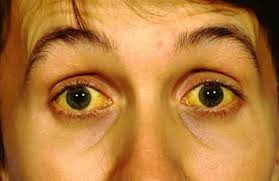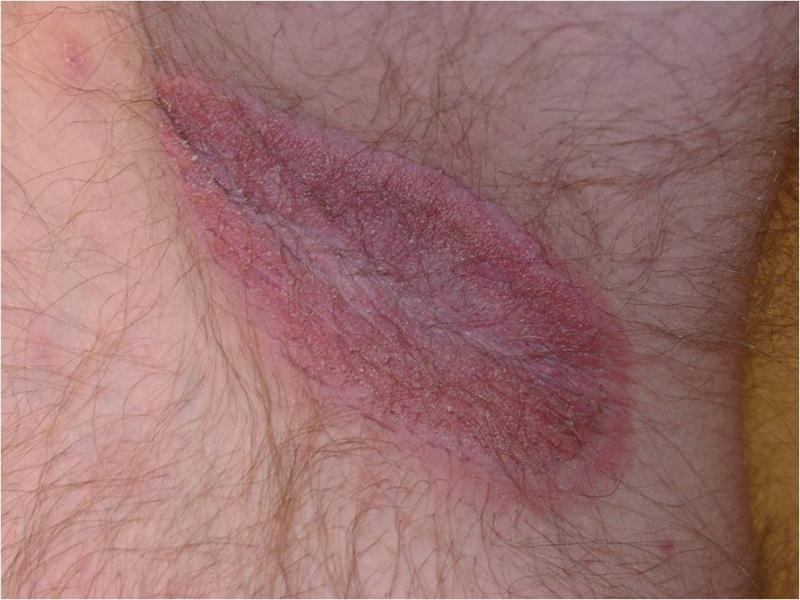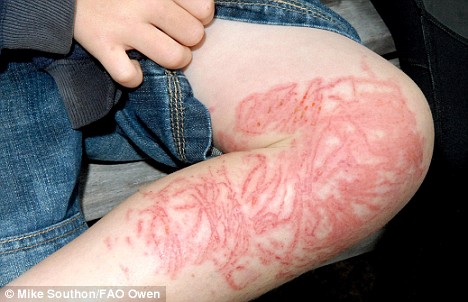Jaundice is a term used
to describe the yellowing of the skin and the whites of the eyes. It's caused
by a build-up of a substance called bilirubin in the blood and body's tissues.
Any condition that disrupts the movement of bilirubin from the blood to the
liver and out of the body can cause jaundice. Bilirubin is a yellow pigment
that is formed by the breakdown of dead red blood cells (RBC) in the liver.
There are several ways that a build- up of bilirubin can occur:
If red blood cells broke down too early, the spleen gets overloaded and hence
too much bilirubin is produced to be handled by the liver. Unprocessed
bilirubin accumulates in the bloodstream and eventually the skin and eyes looks
yellow. This condition is called hemolytic anemia. At times this condition is
inherited. Hemolytic anemia may also occur as a side-effect of certain drugs.
Sometimes the trouble is in the liver cells. If there is a faulty uptake,
processing or excretion of bilirubin it will result in an accumulation of
bilirubin in the bloodstream. Newborn babies can be temporarily jaundiced
because of lack of mature enzymes needed to process bilirubin. In adults,
alcoholism is a common cause of damage to liver cells. Other toxins and certain
drugs can also cause acute damage to the liver.
A blockage in the bile duct can also result in a build-up of fully processed
bilirubin. This can spill over into the urine and cause it to become very dark.
The blockage is most commonly caused by a gallstone.


 Contact Us
Contact Us







 Hospitals
Hospitals
 Doctors
Doctors
 Diagnostic
Diagnostic
 Pharmacy
Pharmacy
 Health Tips
Health Tips
 Blog
Blog

















